Ecuador: Mindo
已发表: 11.08.2018
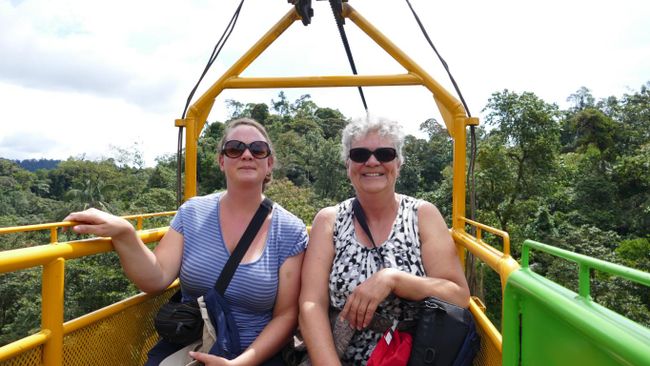
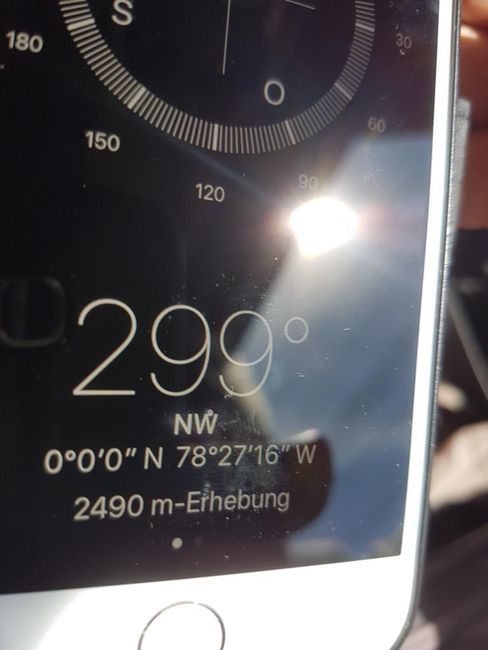
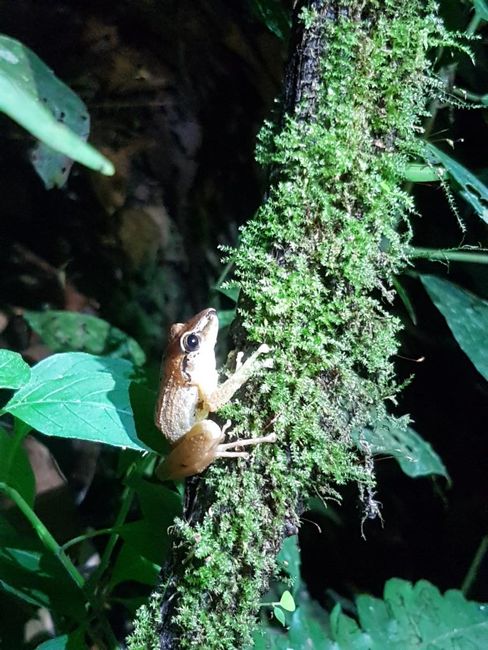
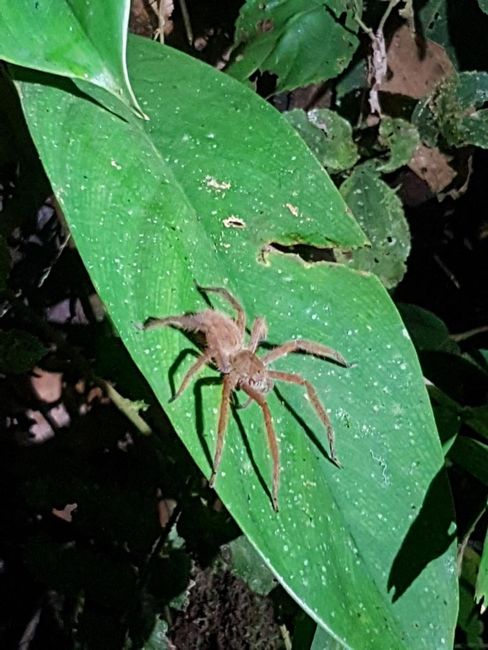
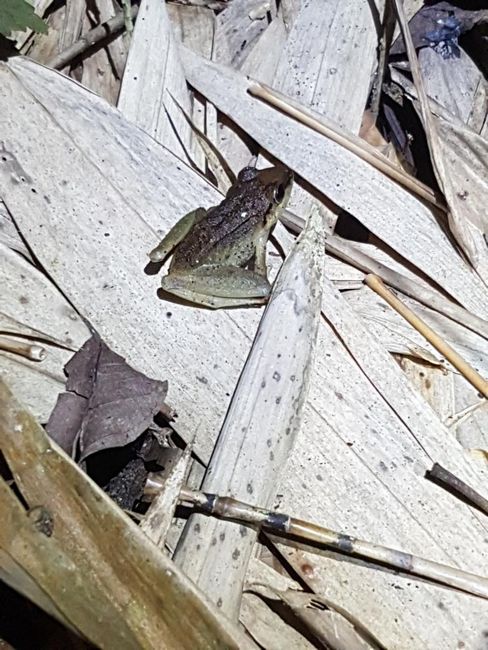
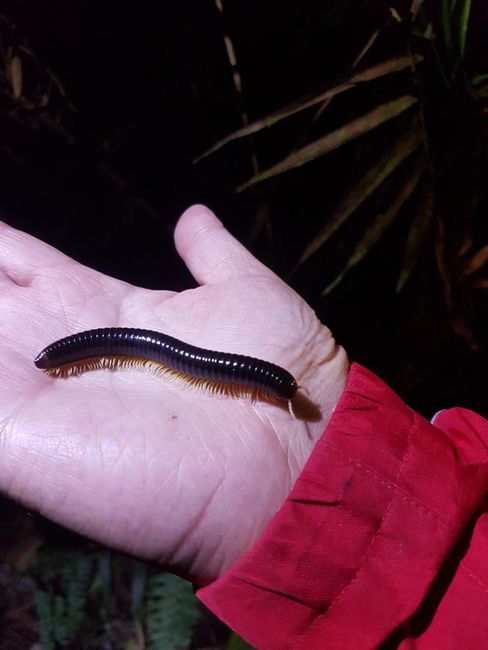
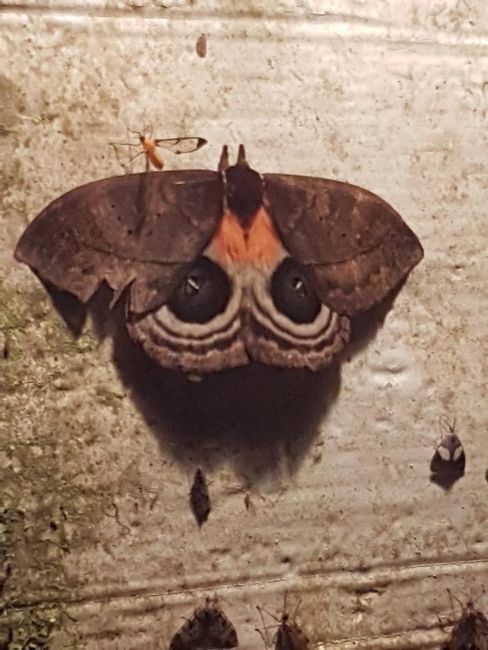
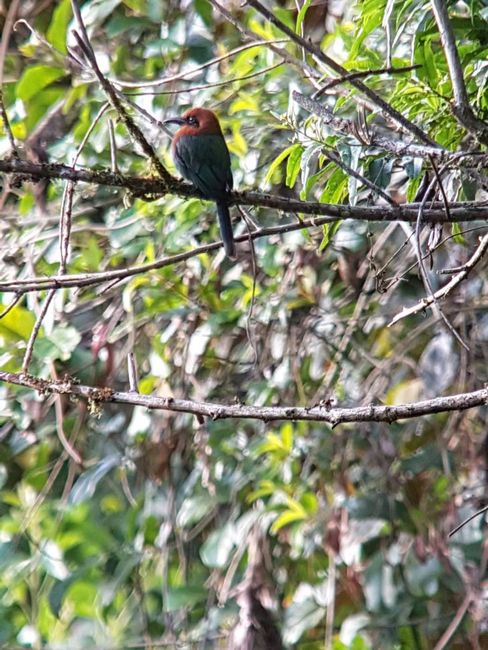
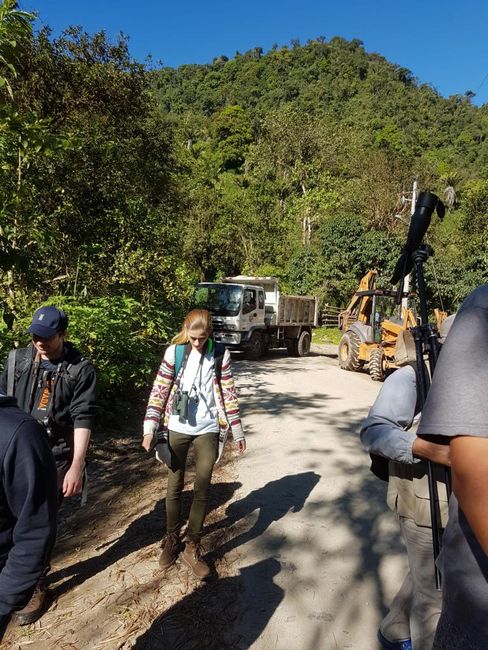
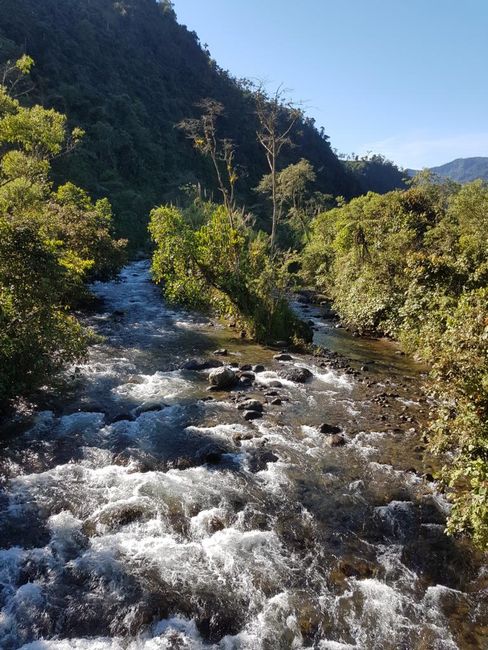
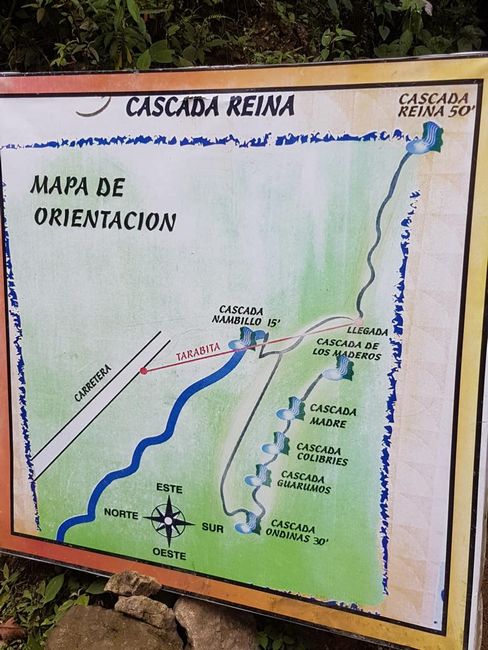
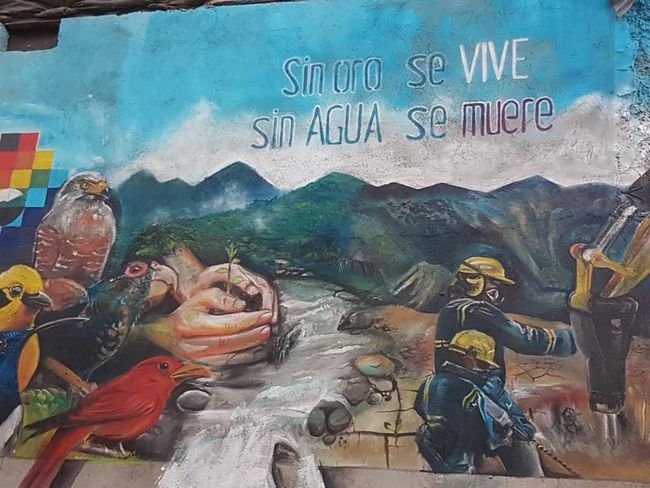
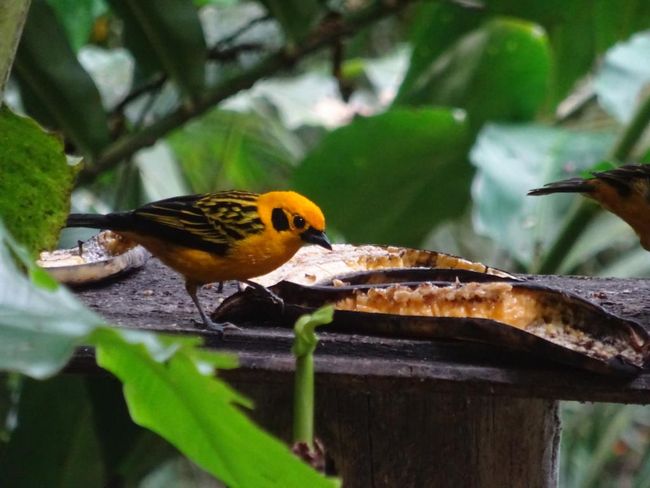
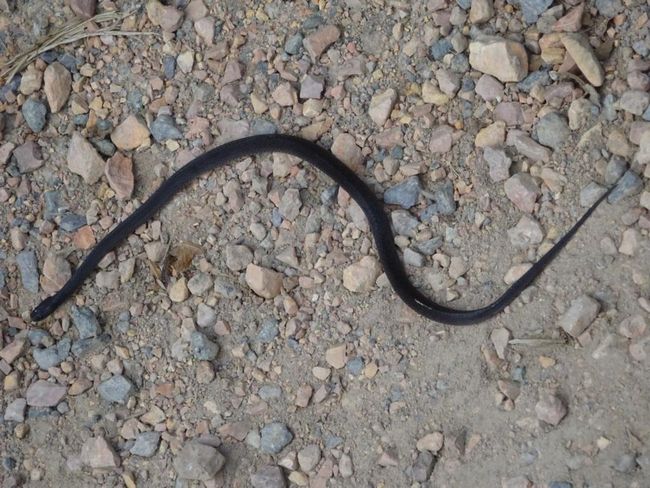
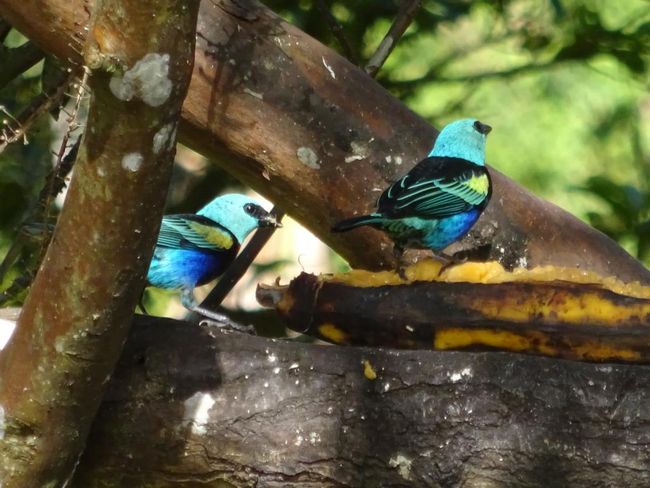
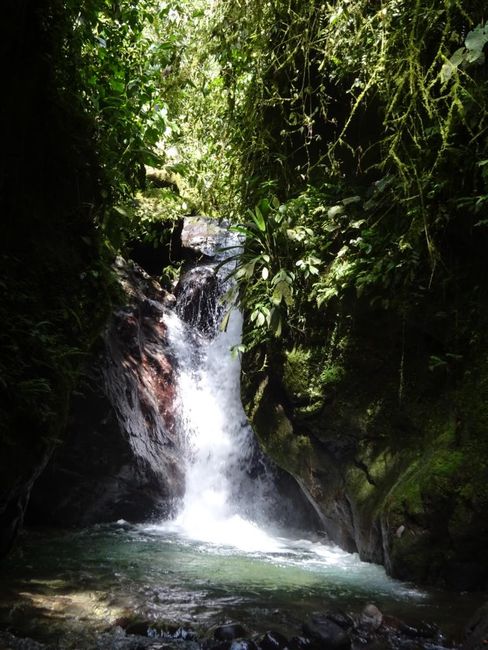
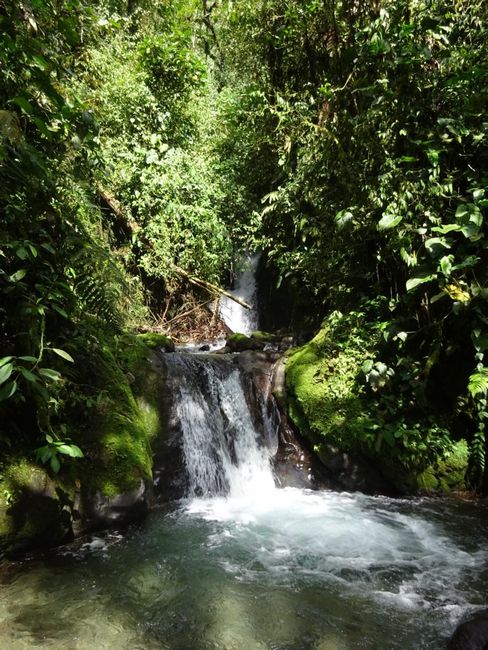
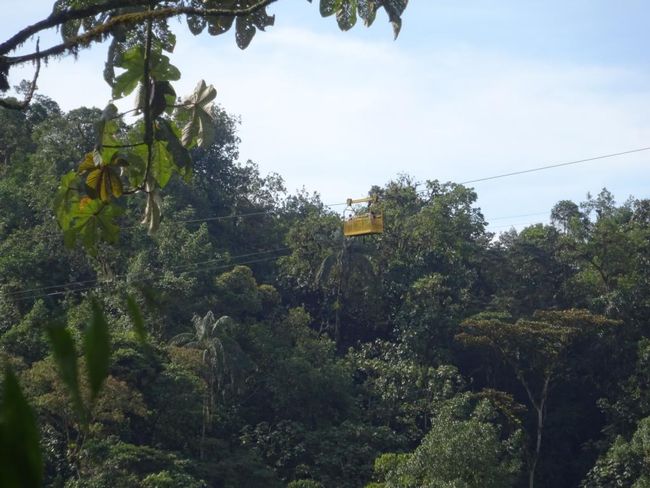
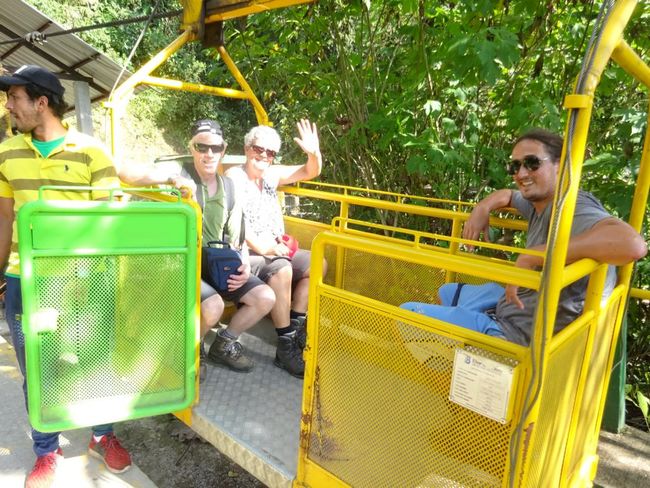
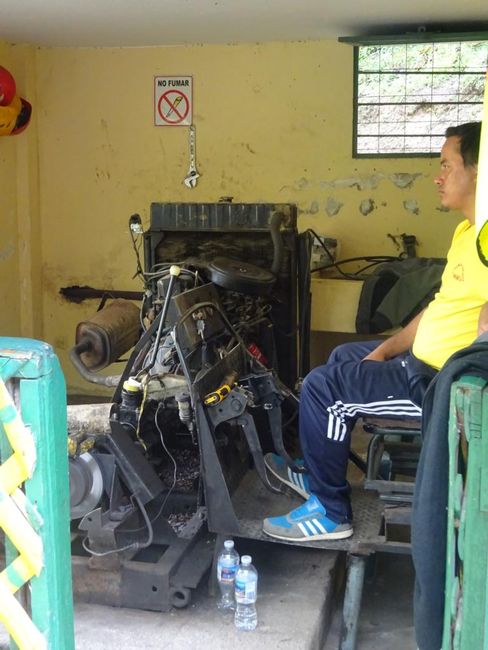
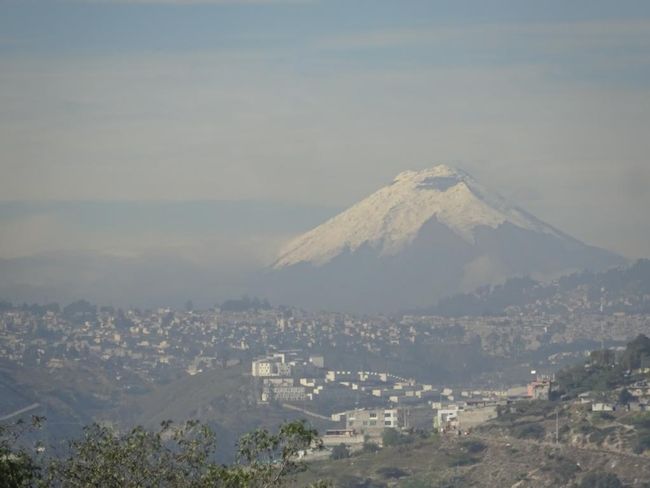
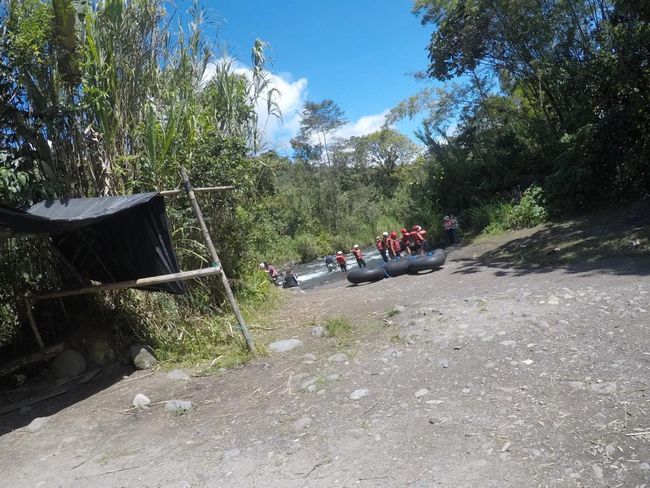
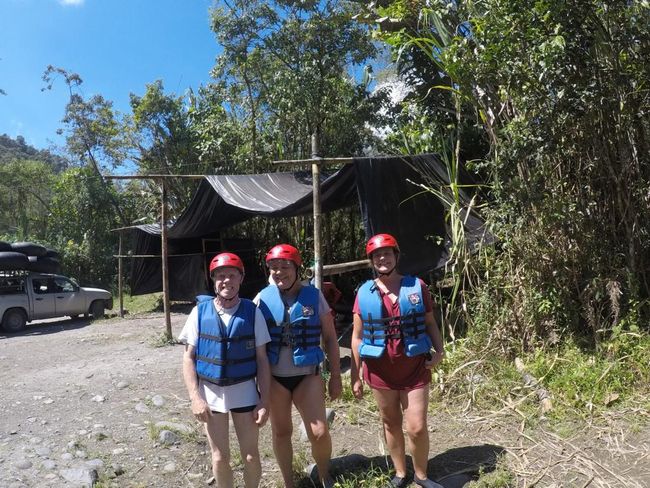
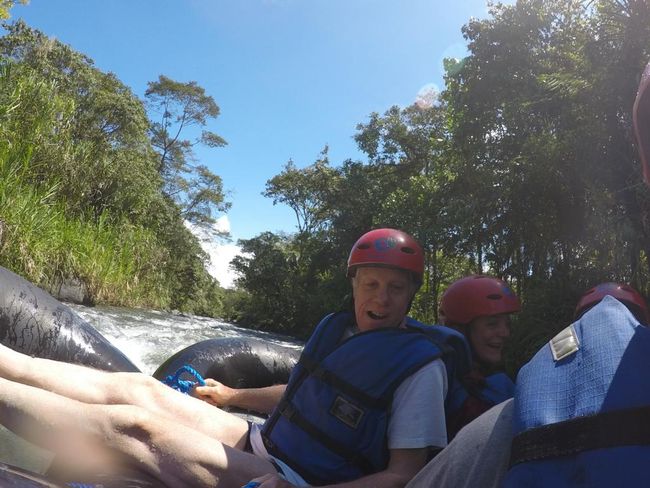
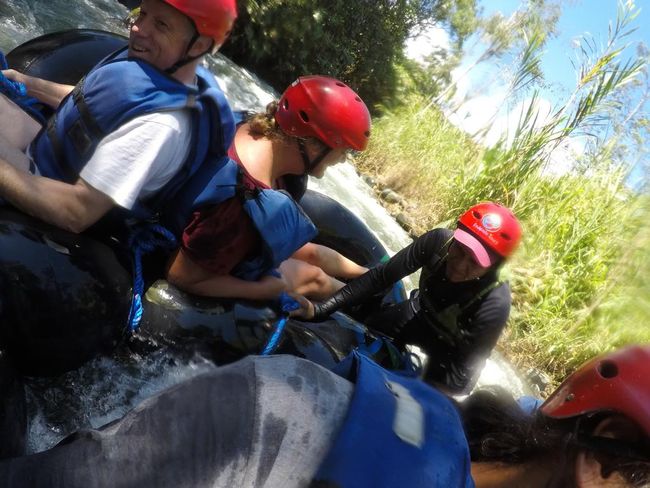
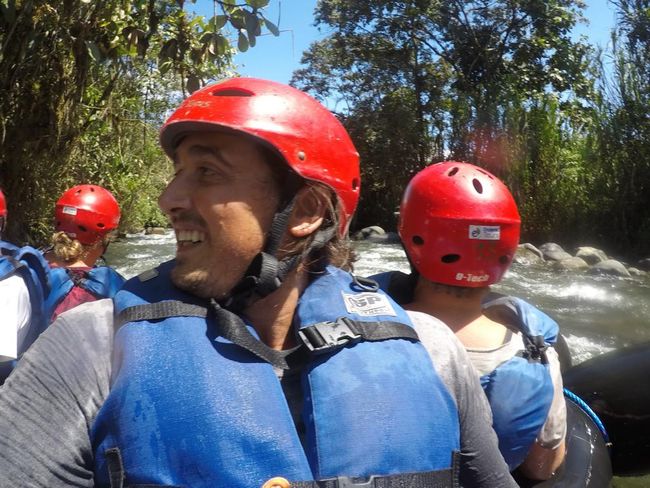
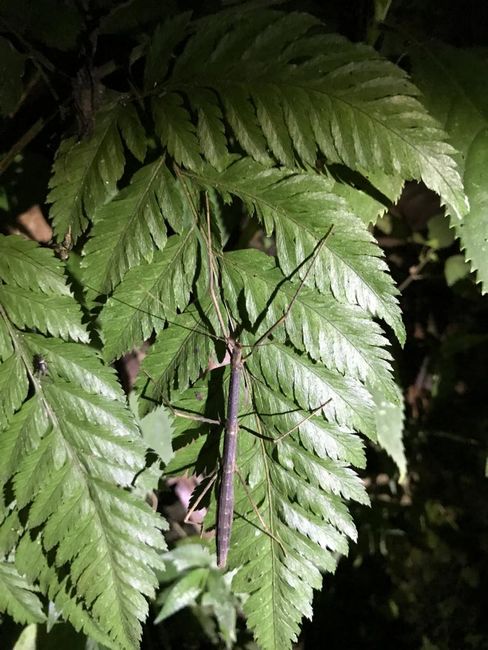
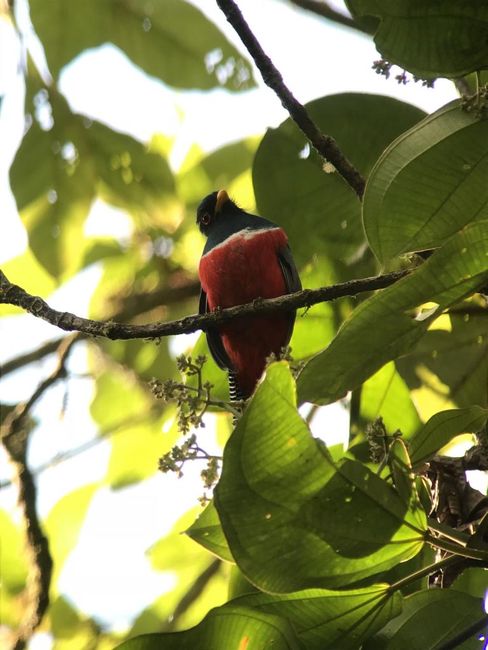
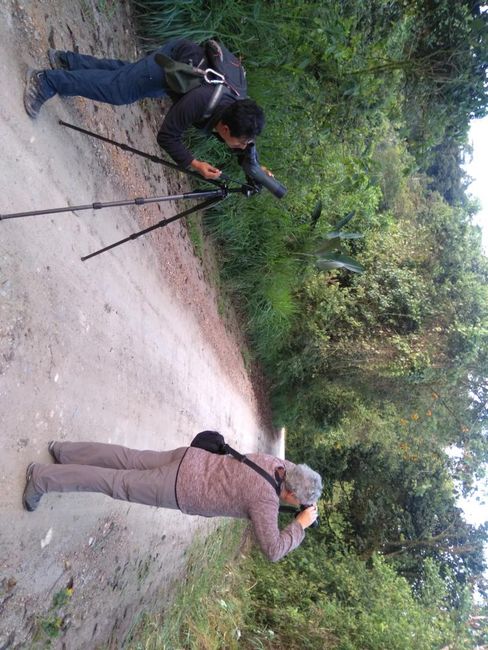
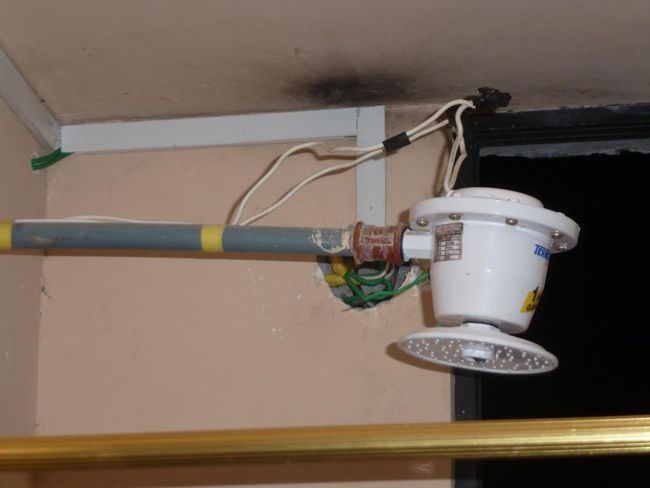
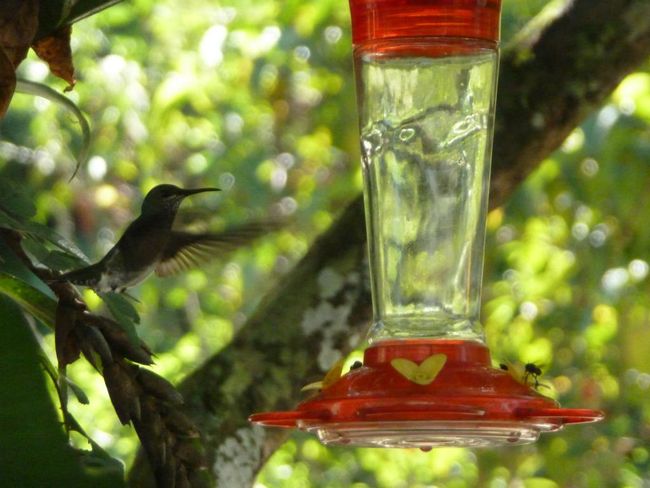
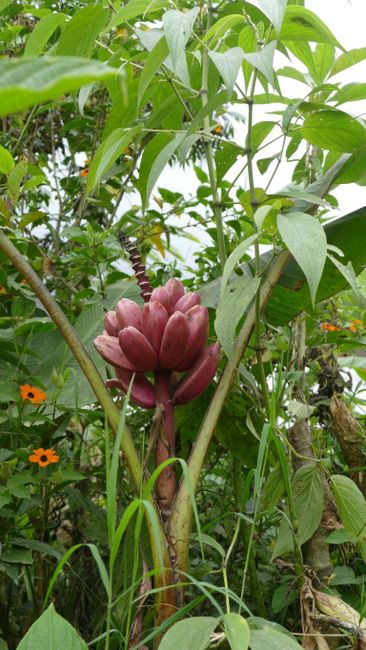
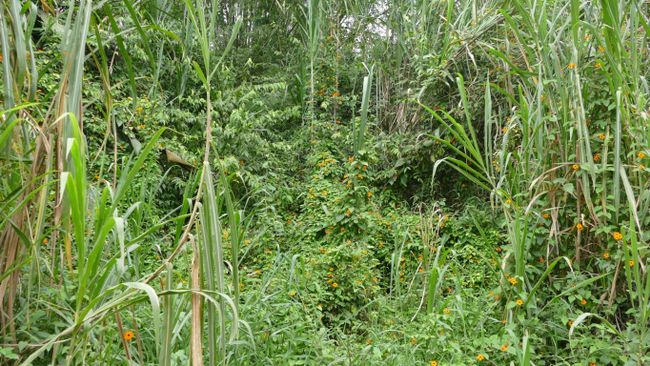
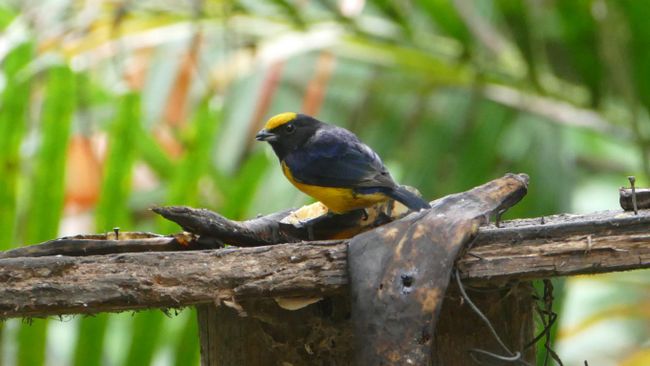
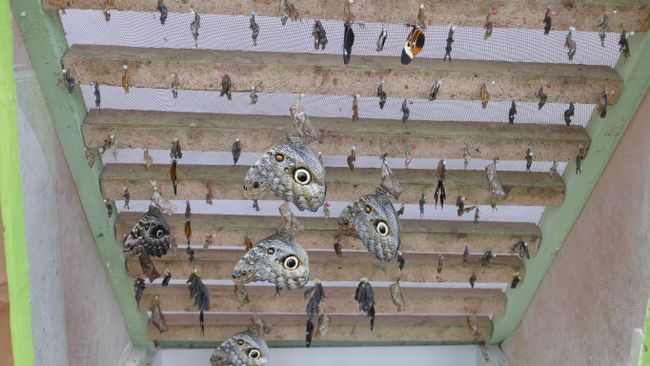
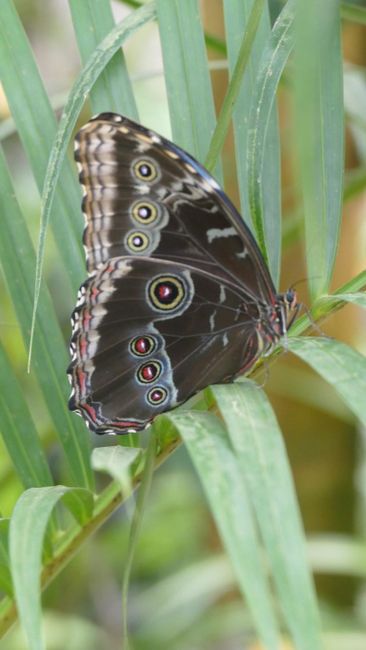
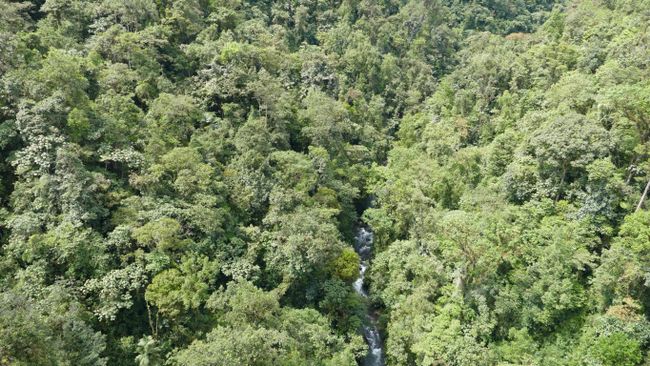
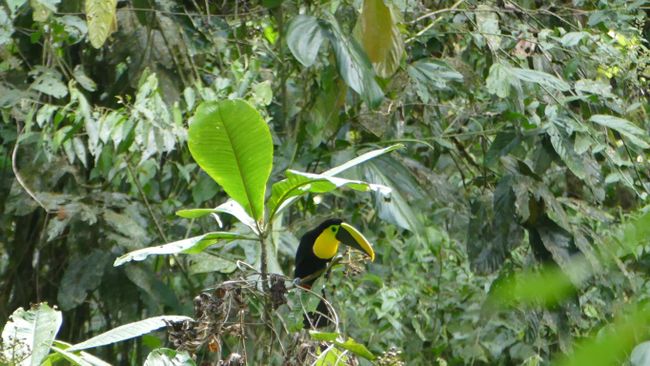
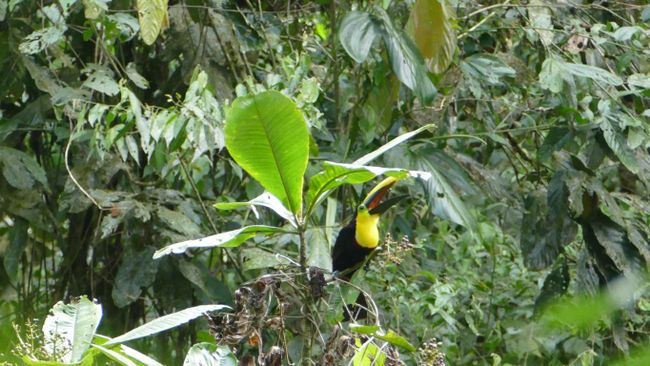
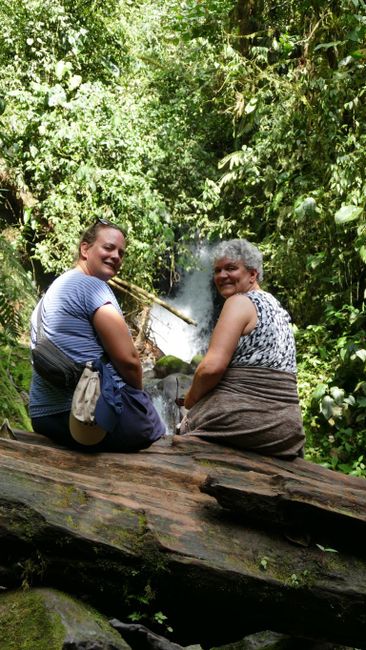
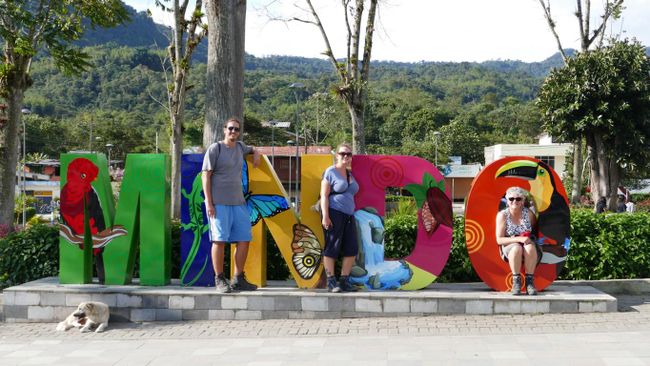
订阅时事通讯
On the versatile request of our guests, we took a bus from Quito to Mindo. On the way there, we passed by Mitad del Mundo again, and this time, the compass on our phone actually showed 0°0'0'' N. So, we had actually found the true equator!
The small town of Mindo is located in the middle of a huge extinct volcanic crater, so it is seemingly surrounded by mountains. The locals tell us that this is also the reason why it is very safe here and there is hardly any crime. Since there is only one way in and out of the town, it is not possible to escape unnoticed.
The town is quite pretty, but it becomes clear at first glance that tourism is the main source of income here. Tour agencies, hostels, and restaurants with overpriced prices line up next to each other.
The place is especially known for birdwatching and hiking.
Since we only had one and a half days, we booked some tours and had a full schedule.
On the first afternoon, we explored the town a bit and went for a walk in the surroundings. Practically every house in the town offers guided tours in their own garden (of course for a fee), where you can observe hummingbirds amidst many blooming plants, or the family is in the tubing business and hoards dozens of inner tubes in front of the house (more on that later).
Along the way, we stopped at a small restaurant where we enjoyed a delicious fruit juice and could observe various birds near the feeding station. There was also a butterfly house, which only Othmar and Manuela visited, as Jörg and I had already been to several butterfly farms.
In the evening, we were picked up for a night walk. The walk took place on the private property of a young Canadian who had bought a piece of land here to use it for ecotourism projects. Part of the proceeds from the tour went towards nature conservation projects, which means that he used the money to acquire more land and privately protect it. Why not?
On the tour, we saw many frogs, way too many spiders for my taste, insects, moths, and bats. Those who dared (Manuela and I) were even allowed to hold a millipede in our hands, which was a really weird feeling when the little guy crawled around. Unfortunately, we didn't encounter any snakes, as Manuela had really hoped. The Canadian had a lot to say about the different animals, and it was clear that he had a great passion for all the critters crawling around on his property.
The next morning, it was time to get up early again because we had a birdwatching tour planned. We were picked up at 5:30 am. Absurdly, this birdwatching tour also took place along a road. We were even in the middle of a construction site at times, where heavy vehicles maneuvered back and forth. Jörg and I had always assumed that birdwatching also involves a certain love for nature, but apparently, we were completely mistaken. So, we walked down the road, looking for birds, and were always worried that passing cars wouldn't hit us or our guide's telescope. We saw a motmot, a trogon, as well as various small, colorful, pretty but completely unknown birds. Apparently, there are quetzals here as well, but not the same ones as in Central America. These quetzals didn't have long tail feathers, which were the most special thing about the quetzal we had already seen.
After the tour, we had breakfast at a small restaurant on the road, which also had several feeding stations set up on the terrace, where we could observe more birds, especially hummingbirds.
Right after the birdwatching tour, we continued with the next item on the agenda: river tubing on the Rio Mindo!
At first glance, the whole thing looked quite amateurish. Everyone was equipped with a life jacket and a helmet, individual inner tubes were tied together with ropes, and then we were off, down the river and through the rapids. In Switzerland, this would definitely be unthinkable to do under these conditions, the workplace safety inspector would probably have a heart attack. However, you could immediately tell that the guide had done this many times before, and it became clear that this guy has a pretty strenuous job. He alternated between jumping off the tube structure into the cold water and climbing back up, pushing, pulling, and turning the structure around the rocks and through the water currents, always ensuring that none of us hit anything, fell off the tube, or got hurt in any other way. It was a wild ride, and it was absolutely impossible to stay dry.
Funny enough, after tubing, we found out that actually no one had really wanted to do it beforehand because everyone was still tired from the early morning and the bird tour. Still, everyone participated, and it turned out to be a lot of fun, and no one would have wanted to miss the experience afterwards.
Adrenaline-fueled, we were awake again and decided to go for a hike to the nearby waterfalls in the afternoon. First, we had to cross a deep valley with the Tarabita cable car. The cable car consists of a small metal box driven by an old truck engine. So, it is not necessarily suitable for people with fear of heights. Once we arrived on the other side of the valley, an employee explained the route to the 5 waterfalls. The path was easy to find, there were also many tourists along the way, but the waterfalls were really nothing incredibly spectacular, on the contrary. But oh well, at least Othmar enjoys hiking, so we hiked just for the sake of hiking, if not for the waterfalls. The actual highlight happened along the way when Jörg suddenly shouted that he saw a toucan. Luckily, we had our binoculars with us because indeed, not far from us, a toucan was sitting on a branch. Shortly after, we saw 2 more, this time it was me who spotted them. Jörg and I should seriously consider a career as bird tour guides. They were apparently "Chocolate" toucans, with a black and yellow beak, making them the 3rd species of toucan that Jörg and I have spotted in the wild.
After this exhausting and packed day, we didn't do much in the evening. After dinner, we sat in the park for a while and observed the people and the mice buzzing around in the park.
The next day, we would continue to Otavalo.
订阅时事通讯
回答
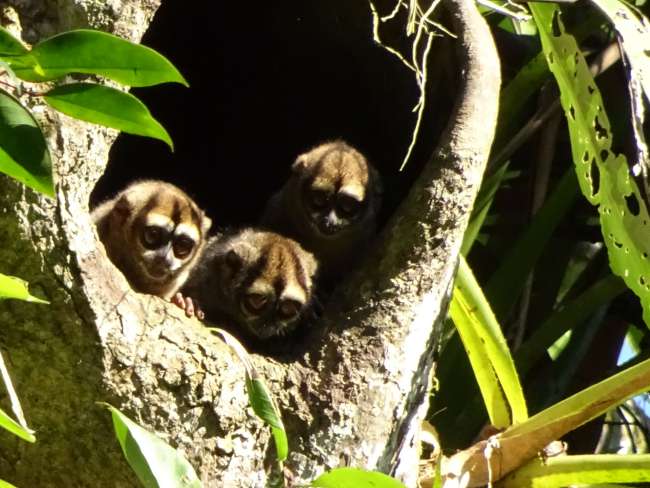
旅行报告厄瓜多尔

